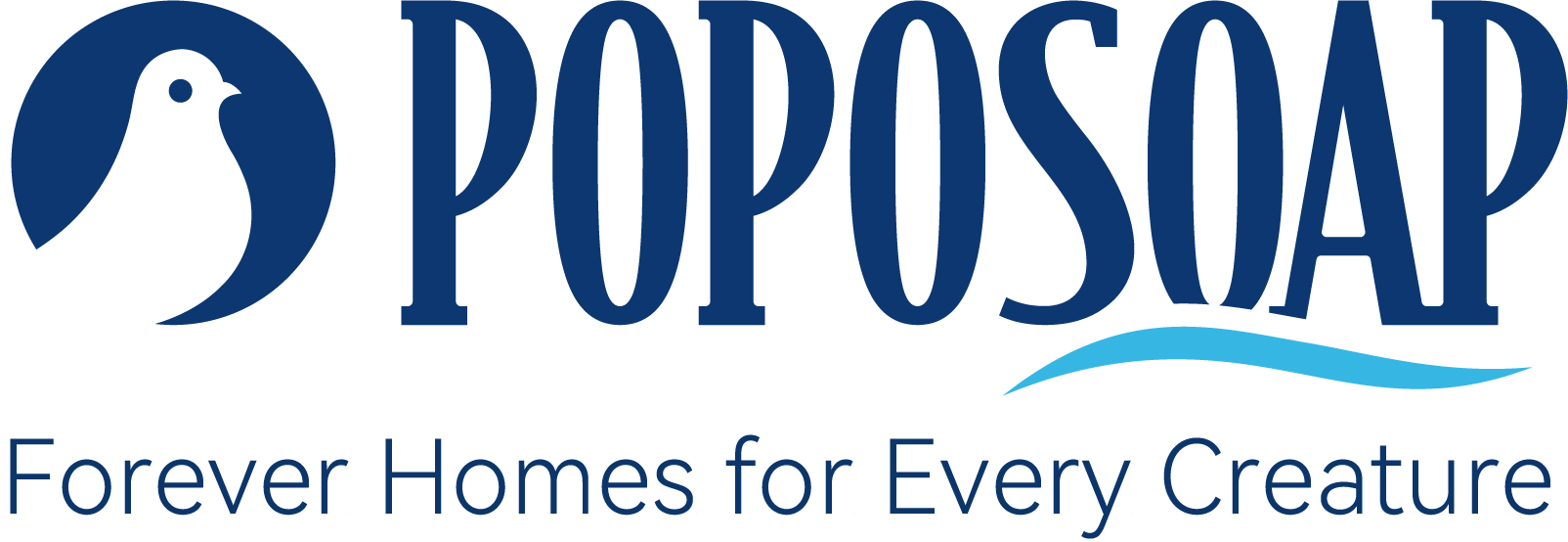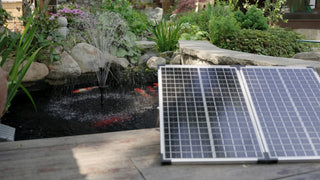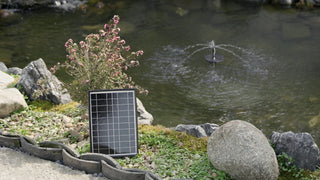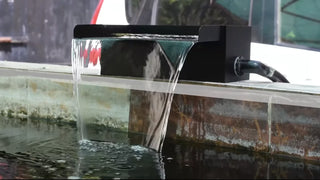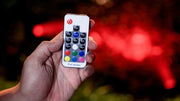
Smart Garden Tech: Can You Control Fountains with Apps?
Picture this: you’re away for the weekend and want to quiet the fountain at sunset so neighbors can sleep, kick it back on at dawn for aeration, and bump flow on a hot afternoon for extra cooling—all from your phone. That’s the promise of smart fountain control. But how well does it work outdoors, around water, and with solar gear? Here’s a practical guide to app-controlled water features and smart pond pumps, plus realistic ways to pair them with Poposoap’s solar lineup without overcomplicating your pond.
Smart Control Trends
“Smart” in the garden started with lights and sprinkler timers and is now flowing into ponds: schedule-based runtime, one-tap on/off scenes, weather-aware automations, and voice control. The big wins are convenience (no more wading in to unplug a pump), consistency (regular aeration even when you’re busy), and efficiency (targeted run windows rather than 24/7). At the same time, many pond owners are moving to off-grid systems to avoid cords and lower bills—where smart control must coexist with solar simplicity.
Common Technologies (Wi-Fi / Bluetooth)

Wi-Fi smart plugs and switches are the most familiar option for AC pumps or transformers: you get full scheduling, routines, and remote access. Range depends on your home router, and you’ll want a weatherproof, GFCI-protected outlet.
Bluetooth controllers pair directly with your phone for short-range control without cloud accounts; great for patios, less ideal if your router or cellular signal is weak.
Low-voltage (DC) in-line controllers exist for some pumps and LED sets. They add timers, speed levels, or dusk/dawn modes between a solar panel/battery and the device. Check voltage and max current carefully and keep any electronics out of splash zones.
A key point: smart control does not create power. If the pump is solar-only, app commands can’t override sunset or heavy shade unless you include a battery pack.
User Experience: What Actually Improves—and What Doesn’t
What Improves
Scheduling & quiet hours. Night-quiet fountains and day-only aeration are simple, neighbor-friendly wins.
Routine care. Short, frequent runs keep surface film down and help oxygenate before feeding.
Seasonal presets. “Summer high-flow” vs. “winter low-flow” scenes cut fiddling.
What Doesn’t (By Itself)
Water clarity without filtration. Software won’t trap solids; you still need mechanical foam and biological media.
Performance in deep shade. A smart app can’t boost wattage; solar output rules the plume height.
Complexity tolerance. Each added hub/app is one more thing to maintain outdoors. Many pond keepers prefer robust, set-and-forget gear.
Poposoap Device Integration

Poposoap focuses on plug-free, solar-powered pond systems—solar fountain pumps, floating fountains, pond filter boxes with multi-stage media, waterfall kits, and submersible pond lights built with durable housings for outdoor use. The design philosophy is straightforward: daylight in, clear water and movement out, without trenching power across the yard.
How To Blend “Smart” With That Simplicity:
Use solar where it shines; add timers only where you truly need them. Most Poposoap solar fountains and filter kits auto-start in sun and pause in heavy shade—an elegant, zero-app behavior that already mimics daylight schedules.
Add battery backup for consistency. Poposoap offers battery packs sized to their solar pump families to smooth brief cloud cover and keep circulation going after sunset for a while. That solves the most common “smart” use case (predictable runtime) without network dependencies.
If you want app control, place it on the accessory side. For example, run decorative AC string lights or an AC waterfall accent via a weather-rated Wi-Fi plug, while keeping your primary Poposoap solar pump off-grid.
For DC automation, choose rated controllers only. If you introduce third-party DC timers between a solar panel/battery and a pump or light, match voltage/current precisely and mount electronics dry and ventilated. When in doubt, consult a qualified installer—water + DIY wiring is not the place to improvise.
This approach preserves the strengths of Poposoap’s solar systems (safety, low cost, modularity) and layers smart features where they add real value.
Security and Privacy Considerations
App-controlled devices are tiny computers on your network. A few basics keep them friendly:
Prefer reputable brands and unique logins. Avoid reusing passwords; enable two-factor where offered.
Segment if possible. A “guest/IoT” Wi-Fi network limits exposure if a device ever needs a firmware patch.
Keep power safe first. Outdoor receptacles must be GFCI-protected; any controller or hub needs a weatherproof housing with drip loops on cables.
Mind IP ratings and placement. Pumps and lights can be submerged; hubs and plugs cannot. Poposoap’s submersible lights are designed for underwater operation, but any smart plug lives outside the splash zone under a cover.
Limit permissions. If an app wants location or contact access for no reason, deny it.
Bottom Line
Yes, you can control many app-controlled water features and even some smart pond pumps—and it’s great for quiet hours, seasonal routines, and convenience. But the best outdoor experience often marries smart control with solar simplicity. Let Poposoap’s solar fountains, filter boxes, floating fountains, and waterfall kits handle daily circulation off-grid, then add selective app control to accessories or battery-assisted runtimes where you’ll genuinely use it. You’ll spend more time enjoying the sound of water and less time managing yet another app—while your pond stays clear, oxygenated, and beautifully alive.
